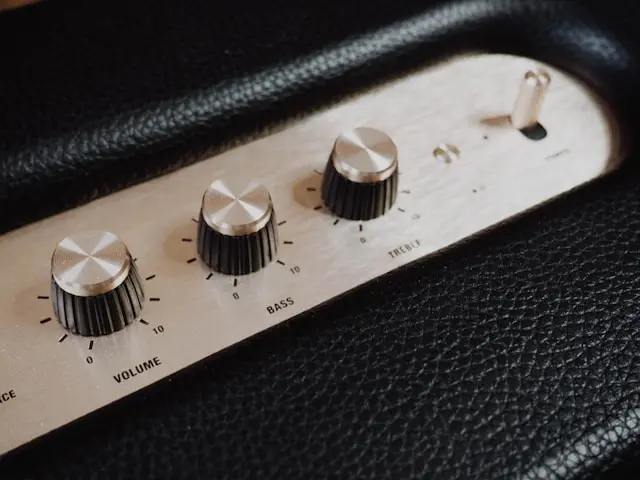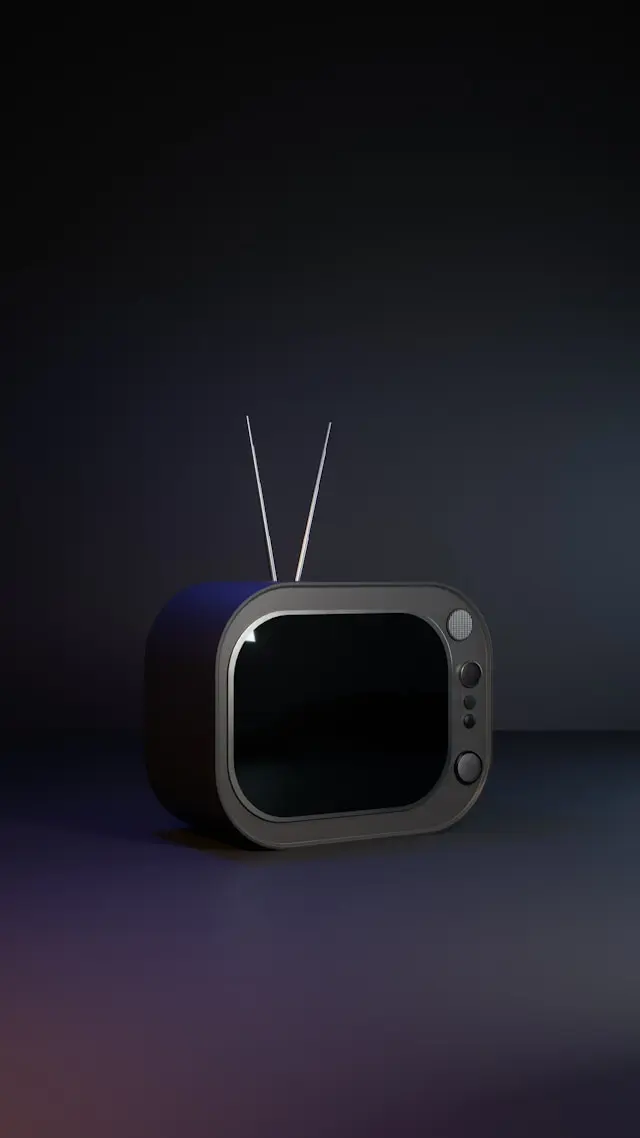
Here at our ear clinics, we're often asked a question that puzzles many of our patients:
"Why can't I hear the television properly, but my partner sitting right next to me can hear it perfectly well?"
It's a scenario that plays out in living rooms across the country every evening, and it understandably causes concern. Before you assume you need a hearing aid, though, there are some fascinating factors at play that have nothing to do with hearing loss.
One of the most interesting aspects of human hearing is that men and women naturally hear different frequency ranges more effectively than one another. Women generally have better hearing at frequencies above 2,000 Hz, whilst men tend to hear lower frequencies in the 1,000 to 2,000 Hz range more clearly. This means that depending on the pitch of an actor's voice or the frequency range of background music, one person in the room might genuinely find dialogue easier to follow than another, purely based on biological differences rather than any hearing impairment.
Men's voices typically fall into the frequency range of 85 to 180 Hz, whilst women's and children's voices occupy a higher range of 165 to 255 Hz. This explains why some people find it particularly difficult to understand female or child characters on television, especially when combined with the technical limitations of modern TV speakers. If you've found yourself reaching for the remote to rewind a scene or frantically turning on subtitles just to understand what characters are saying, you're not alone. Many viewers have started questioning whether their hearing is deteriorating, but the truth is rather more complicated: modern television audio has become genuinely harder to hear, and it's often not your ears that are the problem.
In 2020, Christopher Nolan's "Tenet" was released on HBO Max, prompting a resounding chorus of "What are they even saying?" This wasn't an isolated incident. A survey of 1,500 Americans found that 51% of people now use subtitles, with 58% of audiences using them more often than the previous year. Amongst younger viewers, the trend is even more pronounced, with the vast majority switching on captions as standard practice.
The issue has become so widespread that if you're struggling to hear television dialogue clearly, it's far more likely to be a problem with how content is produced and delivered rather than a sign of hearing loss.

Photo by Anastasia Zhenina on Unsplash
The sleek, ultra-thin televisions that look so impressive mounted on our walls come with a significant audio compromise. To achieve those slim profiles, manufacturers have had to drastically reduce speaker size and quality. TV speakers are often small and positioned to fire sound downwards or even backwards, away from viewers, causing sound waves to bounce off walls or TV stands before reaching your ears.
This design flaw means you're rarely getting direct, clear audio. The speakers hidden within paper-thin bezels simply cannot reproduce the full range of sound needed for crisp dialogue, particularly when competing with background music and sound effects.

Photo by Arnab Pradhan on Unsplash
Streaming services like Netflix, Disney+, and Amazon Prime Video have revolutionised how we consume content, but they've also introduced new audio challenges. To ensure smooth playback across various internet speeds, these platforms use audio compression methods that can reduce the richness and precision of dialogue.
Unlike broadcast TV, streaming apps lack strict loudness regulations, leading to inconsistent sound levels between different apps and programmes. You might find yourself constantly adjusting the volume when switching between platforms, or even between different shows on the same service.
The problem is compounded by the fact that audio must be condensed to play on smaller televisions, tablets, and smartphone speakers through a process called "down mixing", which compromises sound clarity. What was mixed for cinema speakers with multiple channels gets squeezed through tiny built-in speakers, losing crucial detail in the process.
Sound mixers often design audio for a large number of speakers, like you would get in a theatre, using Surround Sound and Dolby Atmos formats with five or more speakers to create an immersive viewing experience. When this theatrical mix gets scaled down for home viewing, dialogue that sounded perfectly clear in the cinema becomes muffled and indistinct.
Modern production trends have also shifted towards naturalistic performances, which can involve soft speech or overlapping voices that sound authentic but become difficult to hear on average television speakers. The move away from sound stages to location shooting, combined with method acting's preference for realism over projection, means dialogue is often recorded at lower volumes than in decades past.
Before assuming you need a hearing test, there are several steps you can take. Most modern televisions include audio settings specifically designed to enhance dialogue clarity. Look for options like "Clear Speech", "Dialogue Enhancer", or "Voice Zoom" in your TV's audio menu. Samsung, LG, Sony, and other manufacturers have all incorporated these features into their recent models.
One of the most common culprits for muffled dialogue is an incorrect audio output setting, with many TVs and streaming devices defaulting to "5.1 Surround Sound" which assumes you have a full home theatre system. If you're using your TV's built-in speakers, switching to stereo output can make an immediate difference.
Streaming services are beginning to address the issue as well. Amazon Prime Video offers dialogue boosters in a limited capacity, which can be found under the language options. Netflix and other platforms are gradually rolling out similar features.
For a more substantial improvement, consider investing in a soundbar. Even affordable options represent a massive upgrade over built-in TV speakers, as most soundbars include a dedicated centre channel speaker specifically designed to handle dialogue clearly.

If you're struggling to hear television dialogue, don't immediately assume it's your hearing at fault. The combination of slim TV designs, streaming compression, theatrical audio mixing, and modern production techniques has created a perfect storm of audio clarity issues. Your television has simply become an unreliable way to assess your hearing capabilities.
That said, if you're experiencing difficulty hearing conversations in everyday life beyond your television viewing, it's worth consulting a hearing specialist. But if the problem is isolated to your TV watching, you're likely experiencing what millions of others face: a genuine technological and industry-wide audio problem that has nothing to do with your ears.
Complete our form to book your appointment through our online portal.
Our Blogs